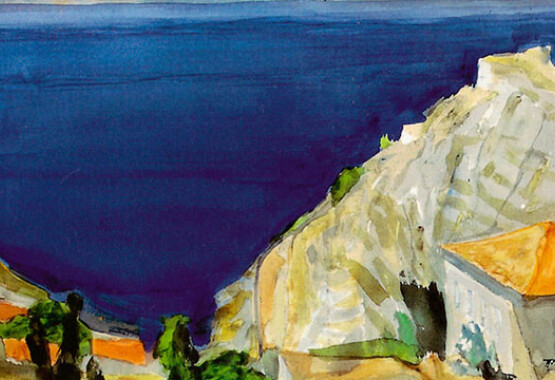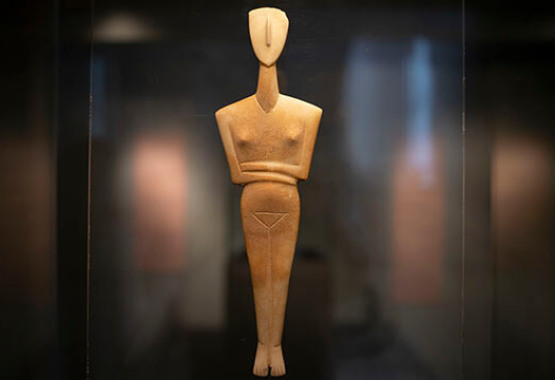
NISYROS
This island, part of the Dodecanese island chain, has a special character, which has been determined by the volcano. The flora and fauna are decisively influenced by its volcanic nature. Successive layers of lava and ash have given it a unique geological character that also creates unique scenery with colorful and unusual formations. The caldera (a large crater formed by volcanic explosion) has been well preserved and makes it possible to observe the internal structure of the volcano. At the bottom of this there are craters with intense hydrothermal action.
The main sections of the museum host the following topics:
Characteristics of formations, maps, cross sections, diagrams, patterns of volcanoes, photographs, three-dimensional animations and computer simulations reveal the geological history, not only of Nisyros, but of the whole Aegean volcanic arc.
Volcanological Museum of Nisyros
Discover the secrets of time on Earth on a scale you've never imagined.
Although volcanic activity has been identified with destructive connotations, a volcanic eruption can lead to an especially creative activity. The beautiful island of Nisyros for example, is the result of an eight billion tonnes of molten rock explosion, which occurred 45,000 years ago, while the island took its final form 20,000 years ago, intervening another two creative explosions.This island, part of the Dodecanese island chain, has a special character, which has been determined by the volcano. The flora and fauna are decisively influenced by its volcanic nature. Successive layers of lava and ash have given it a unique geological character that also creates unique scenery with colorful and unusual formations. The caldera (a large crater formed by volcanic explosion) has been well preserved and makes it possible to observe the internal structure of the volcano. At the bottom of this there are craters with intense hydrothermal action.
Everything leads to the volcano
The ancient Greeks knew how the island was created. Strabo in his "Geography" reproduced the myth of the inhabitants, who considered that the trident Poseidon hurled against giant Polyvotis, broke a piece off the island of Kos thus creating the island of Nisyros. So, they were aware that Nisyros and Kos came from similar formations, while the belief that the giant still lay under Nisyros symbolically implied its volcanic activity.The Volcanological Museum of Nisyros
The entire landscape from the smallest stone to the spectacular caldera can be considered a broader volcanological museum! More so when the museum is housed in an old school in Nikia, on the rim of the Caldera. The spot is ideal, since it offers a panoramic view of the interior of the volcano.The main sections of the museum host the following topics:
- Genesis and structure of volcanoes
- Volcanic processes and products
- Volcanoes of Greece
- The volcano of Nisyros
- Other active volcanoes in Greece
- Volcanoes – Environment - Man
Characteristics of formations, maps, cross sections, diagrams, patterns of volcanoes, photographs, three-dimensional animations and computer simulations reveal the geological history, not only of Nisyros, but of the whole Aegean volcanic arc.




